|
* with apologies to Edward Lear and his original poem, The Owl and the Pussy-Cat. Above is a Great Horned Owl, but where is the hummingbird? Be patient, it's coming. This post is a tribute to backyard photography in the time of Covid-19. None of us can get out as much as we want, and so we find our sit-spot* close to home and see who shows up. In this case it was a Great Horned Owl who decided late in the afternoon of August 17th to find his sit-spot on top of our back yard water fountain. The top of the stone fountain is a popular spot for local birds, especially in our recent summer heat. The image below shows what is probably a female with lots of water bubbling right in front of her. Why a female? Although field marks do not help distinguish males from females, females develop a brood patch on the chest/abdomen which is devoid of feathers to allow them to put their nice warm tummy right on their eggs or hatchlings. This owl has a crease down the middle, where the feather from each side meet, indicating coverage of a brood patch. Could it me a male? Well, only female Great Horned Owls incubate eggs, so no brood patch for the male of this species. My thanks to Dan Weisz for picking up this detail in the images. She was there for an hour. *Thanks to Melissa Groo and her recent online course, Bird Photography with Melissa Groo, available through the Cornell Lab of Ornithology Bird Academy, at this link. One of her tips is to find a "sit spot" where bird are active, and just sit and watch. My thanks to our son Chuck who spotted this owl from the kitchen and sent out the alert. I started with a few shots through the glass back door, then ventured around the house to the back yard. My subject was quite tolerant of my presence. I eventually found my sit-spot on a patio chair, and waited. Great Horned Owls sleep during the day, and hunt at night. [For details, I recommend Cornell's site Birds of the World, which will provide complete information and a review of past research, and is a reference for this post. However, it does require a subscription. A great alternative is All About Birds also from the Cornell Lab, which is free. ] They are nocturnal perch hunters, taking prey as small as scorpions and as large as rabbits. They will also take birds including ducks, geese, and herons. Barn Owls are also on their diet, which is why the Arizona-Sonora Desert Museum here in Tucson does not fly the two species together for their raptor free-flight exhibits. In the images above and below, our afternoon visitor demonstrates her neck agility as she checks out our backyard. Great Horned Owls can swivel their heads more than 180 degrees, more than compensating for eyes that remain fixed in their sockets. Their large talons take a force of 13 kgs to open, allowing them to sever the necks of prey. This bird was snoozing about half the time. In the image above, her lids meet halfway, and in the image below the upper lids are completely closed. Note that the upper lids have dark feathers in the center that give the appearance of pupils. There is likely a survival advantage for appearing awake during sleep. Enter humming birds. In the image below, a female Rufous Hummingbird, likely on her fall migration south from Canada to Mexico, approaches the fountain, in about the same focal plane as the owl, but to her left, and maybe a bit behind. The owl looked behind her perch from time to time, but did not seem interested in this hummingbird, or other birds in the yard. Below, a female Anna's Hummingbird decides to approach the water from the front, taking advantage of a sleepy owl. Note that female Great Horned Owls weigh on average about 1500 grams (1.5 kgs) compared to the Anna's fighting weight of 4 grams. That is a 375X advantage for the owl. (Reference: Birds of the World). In the next set of images the owl sees the Anna's and tracks her as she approaches the fountain. Fortunately for me they were in the same focal plane. This is the set of shots I was hoping for, and to get ready I moved the shutter speed up to 1/2000. Stats for the image below: Canon EOS 7D Mk II, EF 100-400 at 100 mm, f/4.5 at 1/2000 second, ISO 1600. 'The female Anna's approaches the water cautiously and eventually gets a drink, all under the watchful eye of the the owl. The Anna's backs off, meeting her everyday goal of getting some dinner without being dinner. The owl seems happy to have a place to sit with lots of water to drink, and maybe thinking of larger entree's for later that evening. Some prefer to dine late. That's it for a bit of backyard birding during the pandemic. Stay safe, stay well! Happy Trails! [Posted 8/24/, updated 8/25/2020] Many thanks to Jeff Babson, Stephen Vaughan, Tom Richardson, and Dan Weisz for their review of selected images, help in hummingbird identification and sex identification of the owl.
9 Comments
|
AuthorHenry Johnson, photographer and author of this site. For more detail, see About
Categories
All
Archives
April 2024
|
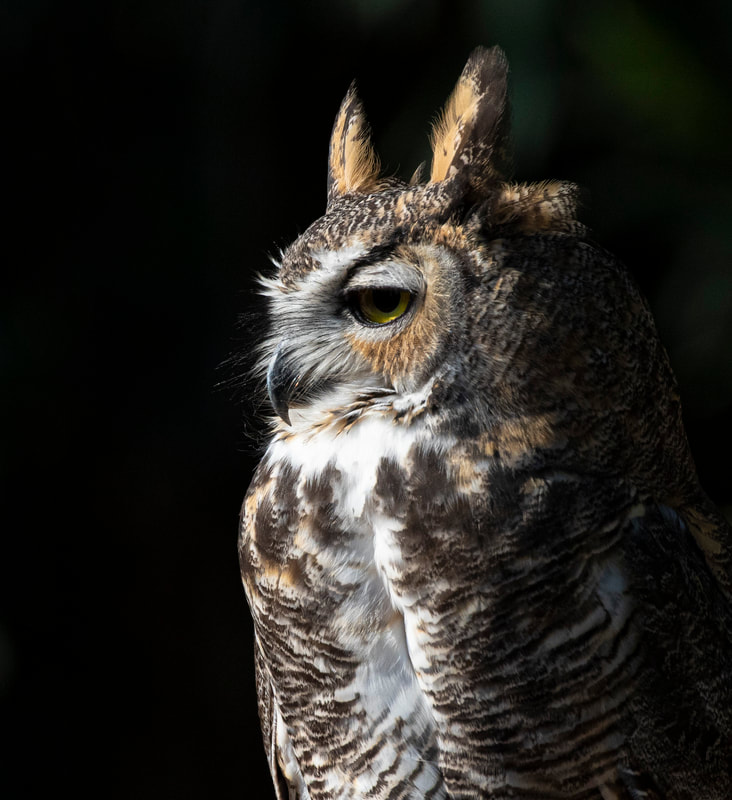
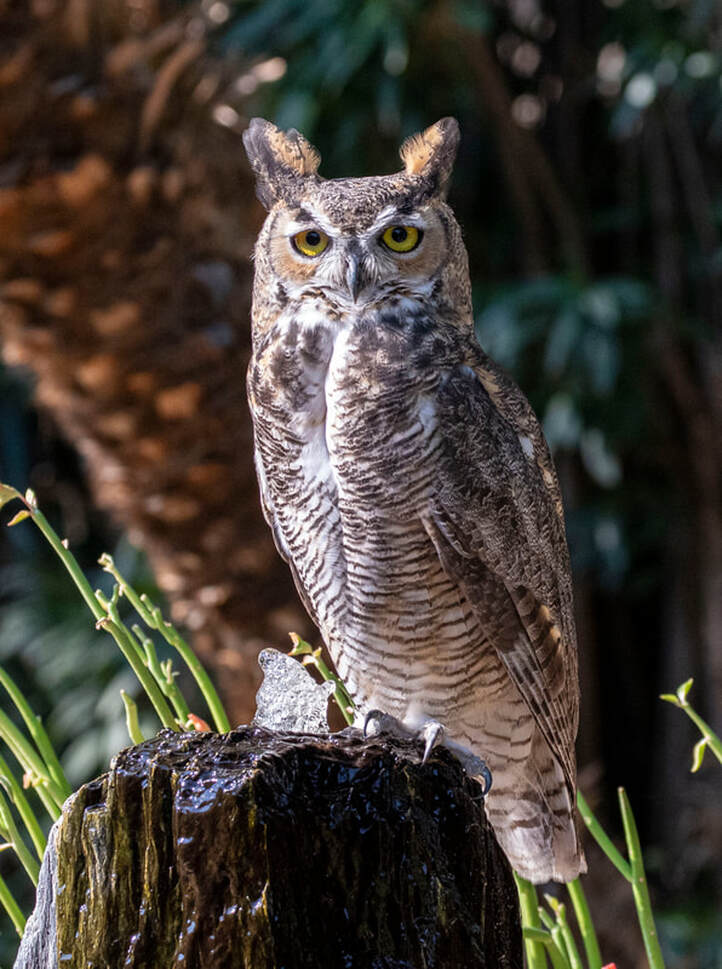
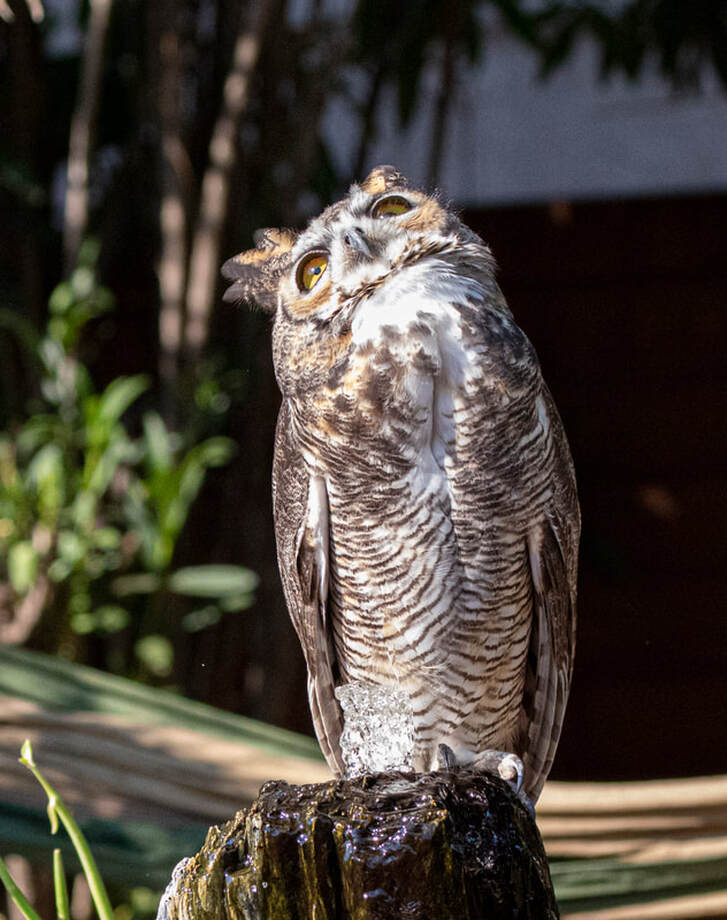
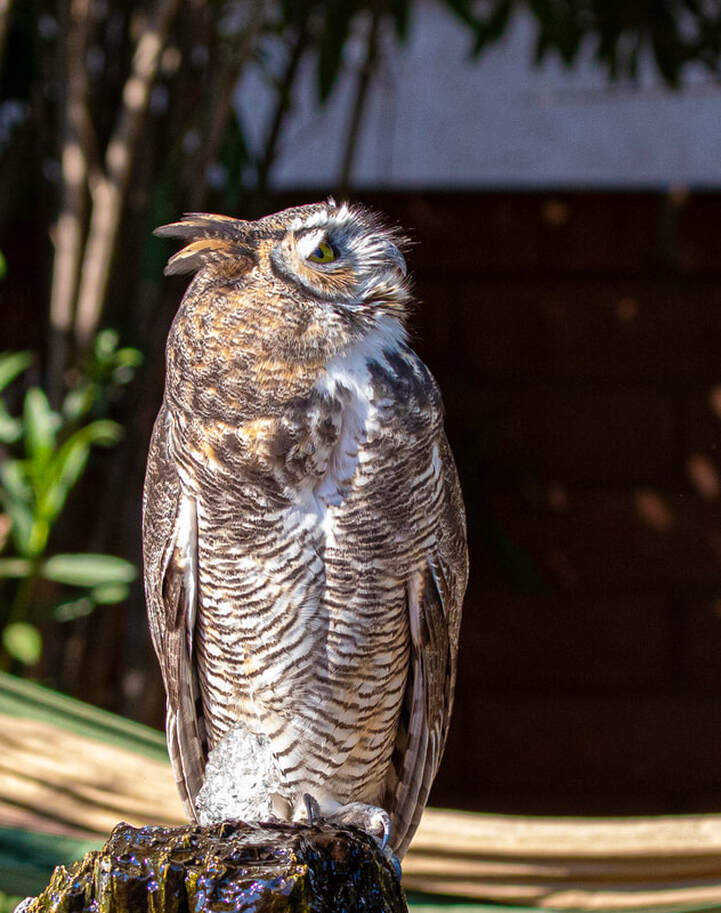
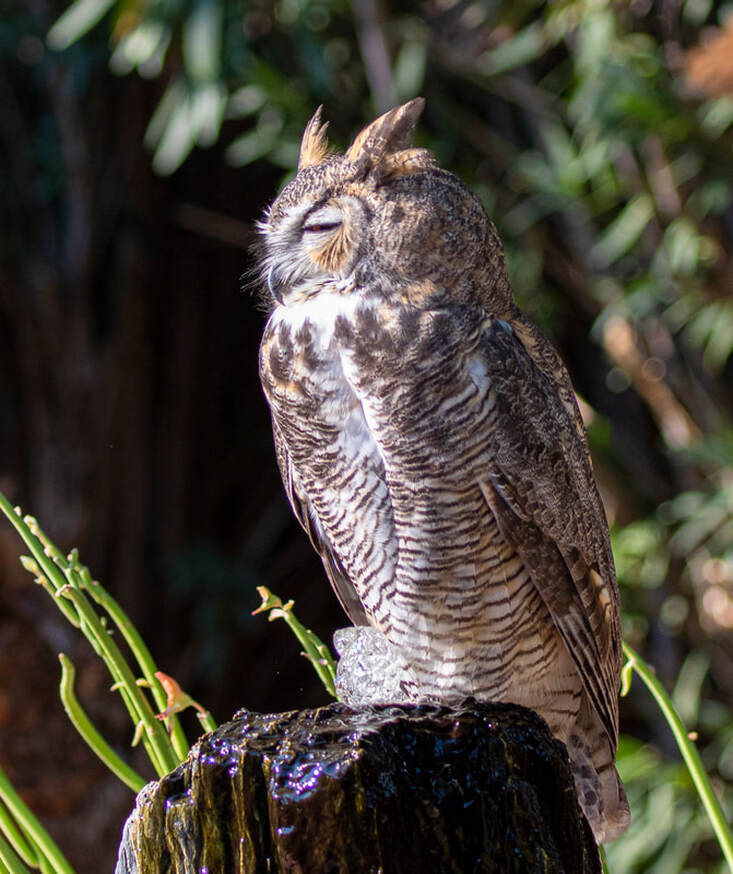
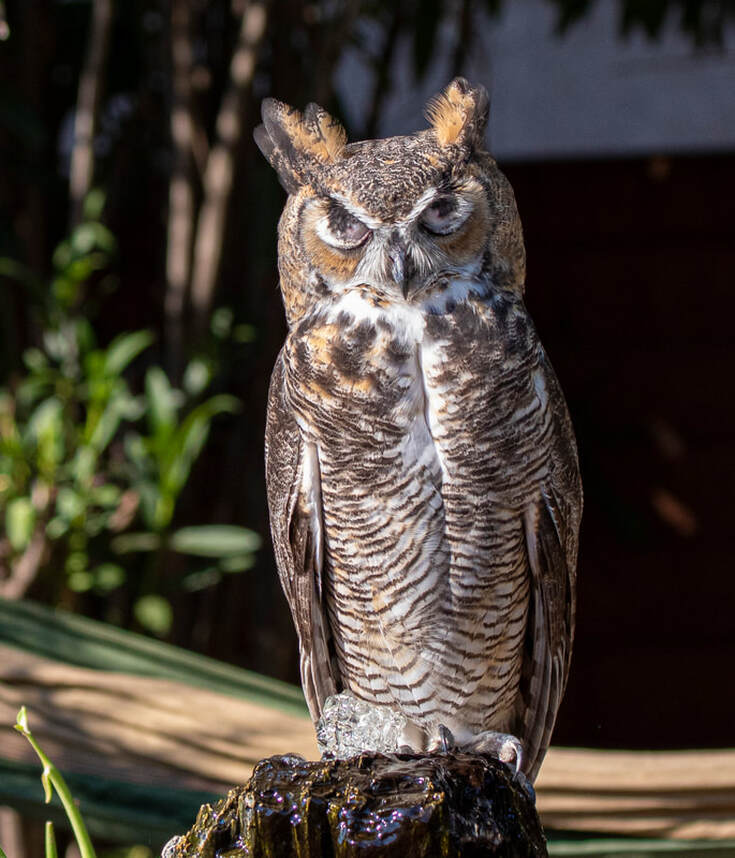
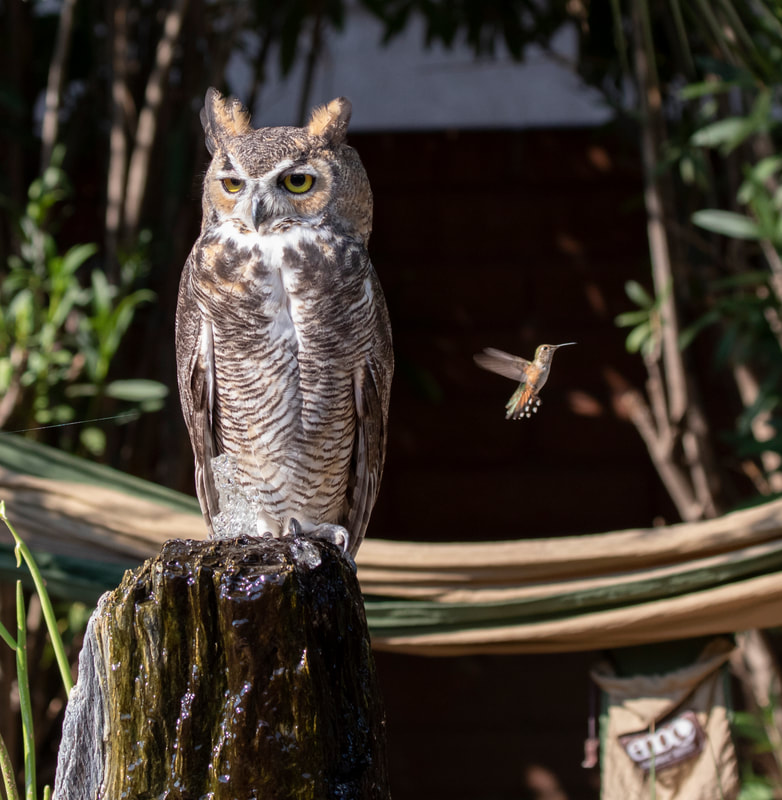
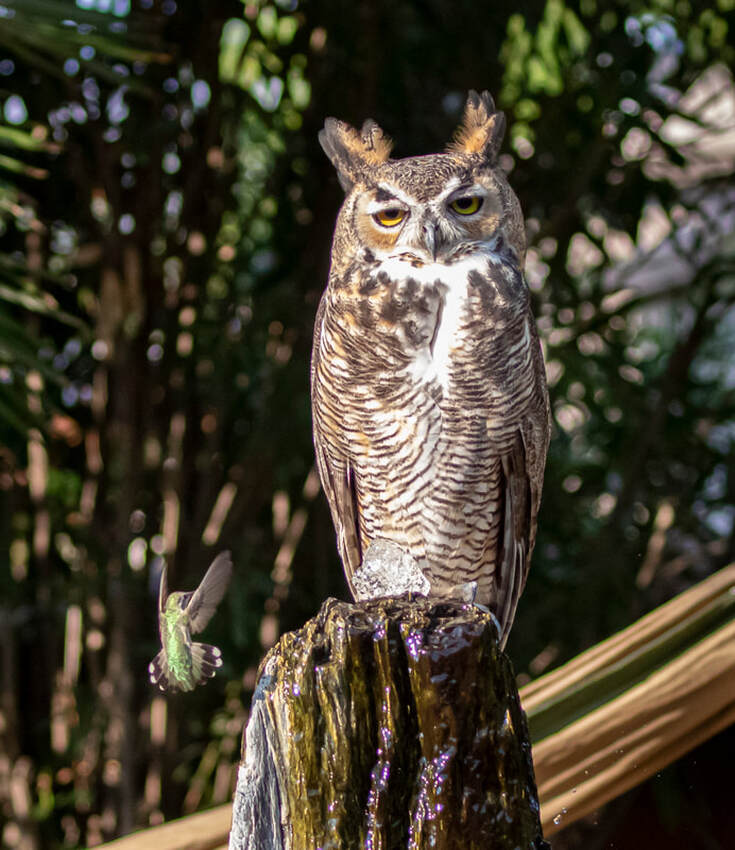
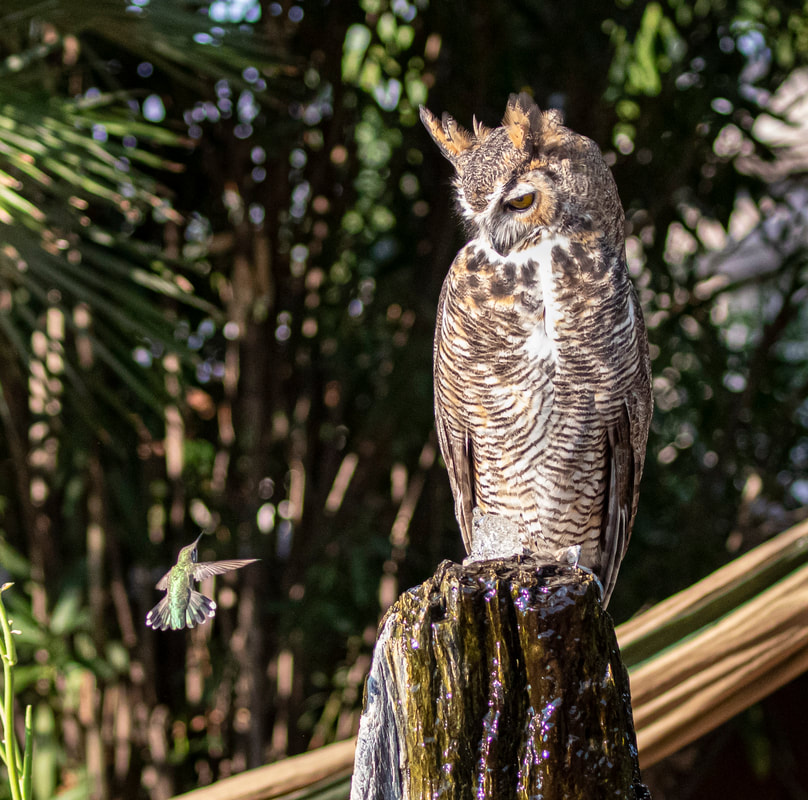
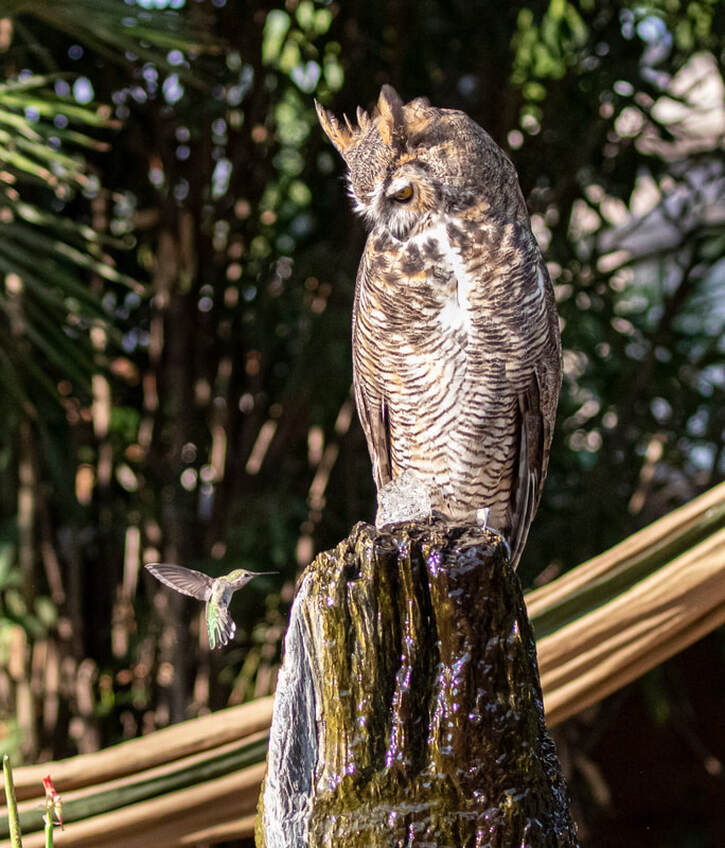
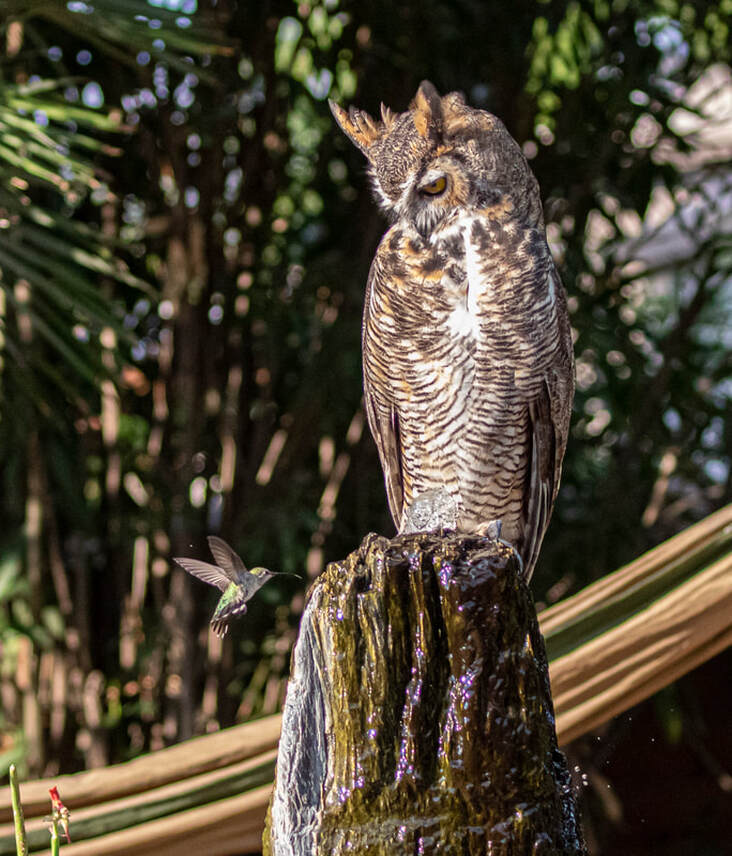
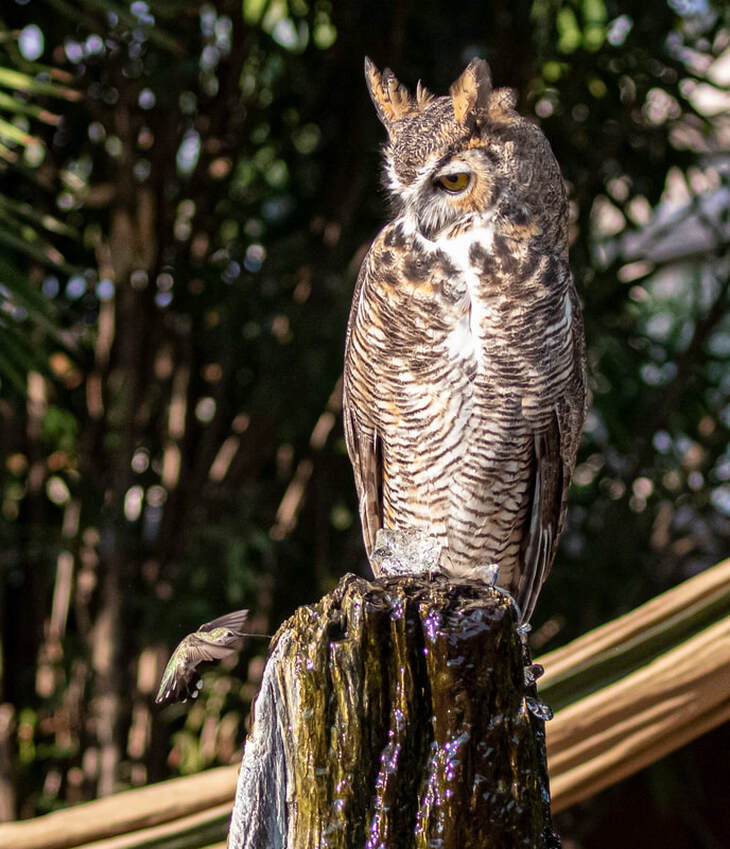
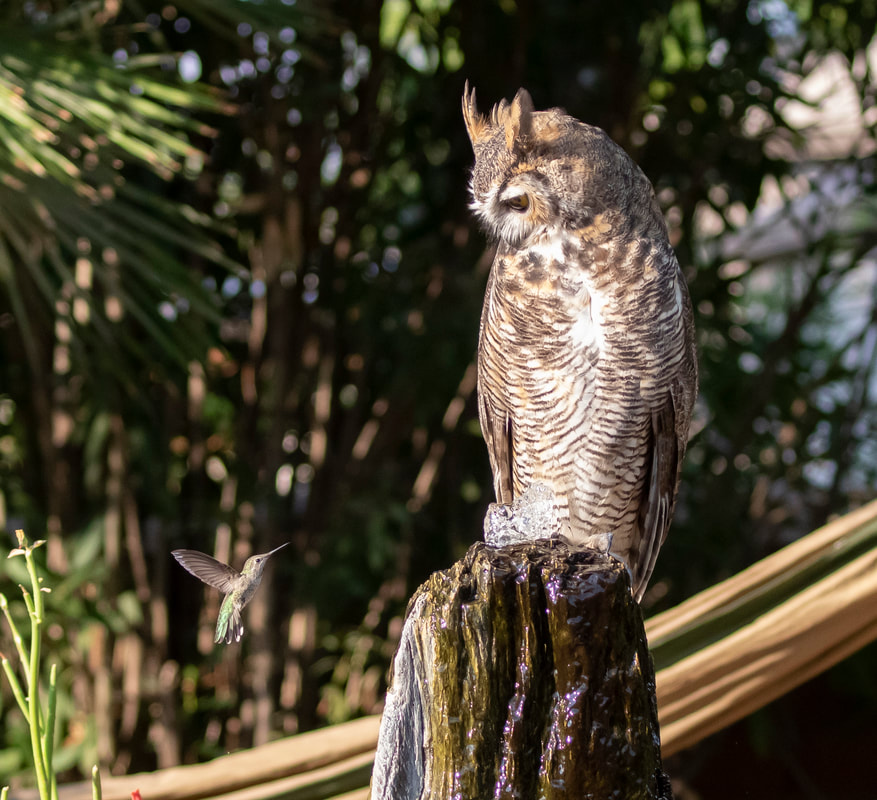
 RSS Feed
RSS Feed